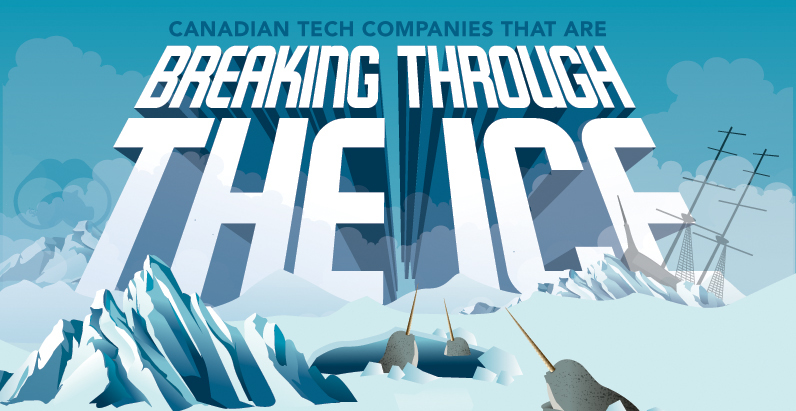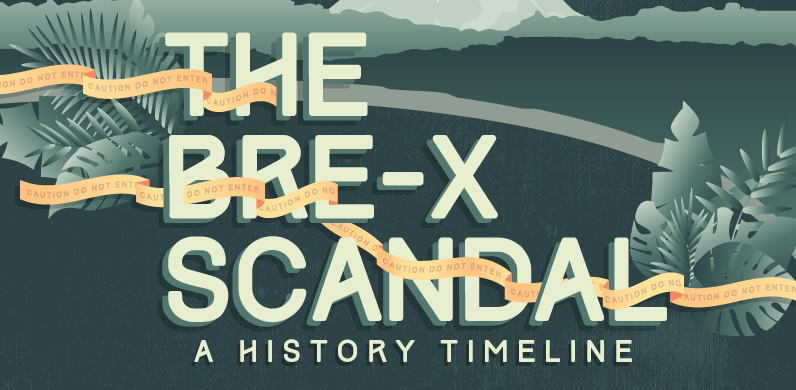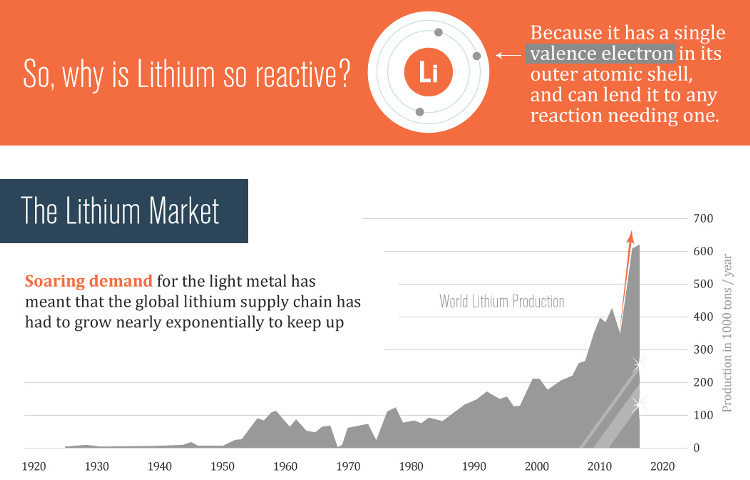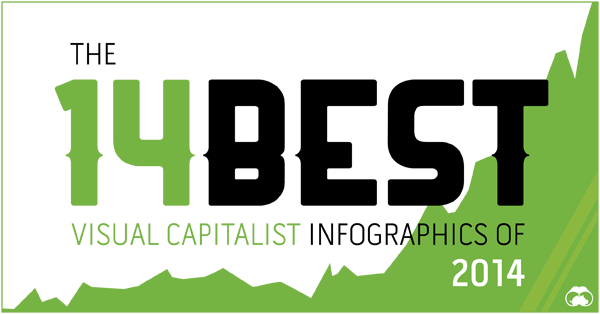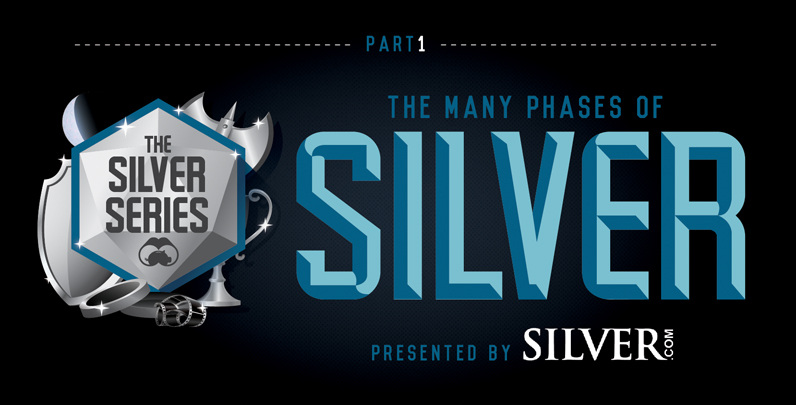The Business of the 2014 World Cup
As you are reading this, billions of people are enjoying and celebrating the beautiful game being played by the world’s elite players. However, the 2014 FIFA World Cup is more than just a global football jamboree, it is also a magnet for controversy. The revenue FIFA will generate in just one month will exceed an entire season’s revenue for the NBA, Premier League, LOGOC, VANOC and NHL. However, for Brazil, the cost of hosting the tournament will far exceed any money it will recoup in 30 days. Brazil, a developing nation, has spent an estimated $11 billion on hosting the World Cup, making it the most expensive ever. To put that in perspective, the last World Cup, held by South Africa, cost $2.3 billion to host. Those opposing the Brazilian government spending the money on football argue that the funds could have been better used in developing the country’s education system, health care, and infrastructure. Also, thousands of homeless Brazilians were displaced in order to construct stadiums and other structures for the World Cup. It is important to note that this isn’t the only big party Brazil is throwing. In just two short years, Brazil will be hosting the 2016 Summer Olympics. Brazil will once again be under the global spotlight, and only time will tell if the Brazilian people will be more receptive to incurring another multi-billion dollar expense. A side note, future 2022 World Cup Host, Qatar, will spend a mind boggling $200 billion in anticipation for its turn to host the World Cup. Controversy has ravaged the oil rich nation from the very beginning with bribery scandals and human rights violations. FIFA generates a tremendous amount of revenue and it is interesting how it is allocated. First, the prize money for this tournament will be a record $576 million. Prize money is paid to national soccer federations and they allocate it as they see fit. The rest of the money is allocated to stakeholders that are involved in the tournament. Stakeholders include: clubs who are sending players to play, the host country’s national football federation, and an insurance fund for any injured players. The left over money, aka profit, will go directly to FIFA. This year’s tournament is expected to pocket FIFA $2.61 billion. on Even while political regimes across these countries have changed over time, they’ve largely followed a few different types of governance. Today, every country can ultimately be classified into just nine broad forms of government systems. This map by Truman Du uses information from Wikipedia to map the government systems that rule the world today.
Countries By Type of Government
It’s important to note that this map charts government systems according to each country’s legal framework. Many countries have constitutions stating their de jure or legally recognized system of government, but their de facto or realized form of governance may be quite different. Here is a list of the stated government system of UN member states and observers as of January 2023: Let’s take a closer look at some of these systems.
Monarchies
Brought back into the spotlight after the death of Queen Elizabeth II of England in September 2022, this form of government has a single ruler. They carry titles from king and queen to sultan or emperor, and their government systems can be further divided into three modern types: constitutional, semi-constitutional, and absolute. A constitutional monarchy sees the monarch act as head of state within the parameters of a constitution, giving them little to no real power. For example, King Charles III is the head of 15 Commonwealth nations including Canada and Australia. However, each has their own head of government. On the other hand, a semi-constitutional monarchy lets the monarch or ruling royal family retain substantial political powers, as is the case in Jordan and Morocco. However, their monarchs still rule the country according to a democratic constitution and in concert with other institutions. Finally, an absolute monarchy is most like the monarchies of old, where the ruler has full power over governance, with modern examples including Saudi Arabia and Vatican City.
Republics
Unlike monarchies, the people hold the power in a republic government system, directly electing representatives to form government. Again, there are multiple types of modern republic governments: presidential, semi-presidential, and parliamentary. The presidential republic could be considered a direct progression from monarchies. This system has a strong and independent chief executive with extensive powers when it comes to domestic affairs and foreign policy. An example of this is the United States, where the President is both the head of state and the head of government. In a semi-presidential republic, the president is the head of state and has some executive powers that are independent of the legislature. However, the prime minister (or chancellor or equivalent title) is the head of government, responsible to the legislature along with the cabinet. Russia is a classic example of this type of government. The last type of republic system is parliamentary. In this system, the president is a figurehead, while the head of government holds real power and is validated by and accountable to the parliament. This type of system can be seen in Germany, Italy, and India and is akin to constitutional monarchies. It’s also important to point out that some parliamentary republic systems operate slightly differently. For example in South Africa, the president is both the head of state and government, but is elected directly by the legislature. This leaves them (and their ministries) potentially subject to parliamentary confidence.
One-Party State
Many of the systems above involve multiple political parties vying to rule and govern their respective countries. In a one-party state, also called a single-party state or single-party system, only one political party has the right to form government. All other political parties are either outlawed or only allowed limited participation in elections. In this system, a country’s head of state and head of government can be executive or ceremonial but political power is constitutionally linked to a single political movement. China is the most well-known example of this government system, with the General Secretary of the Communist Party of China ruling as the de facto leader since 1989.
Provisional
The final form of government is a provisional government formed as an interim or transitional government. In this system, an emergency governmental body is created to manage political transitions after the collapse of a government, or when a new state is formed. Often these evolve into fully constitutionalized systems, but sometimes they hold power for longer than expected. Some examples of countries that are considered provisional include Libya, Burkina Faso, and Chad.

